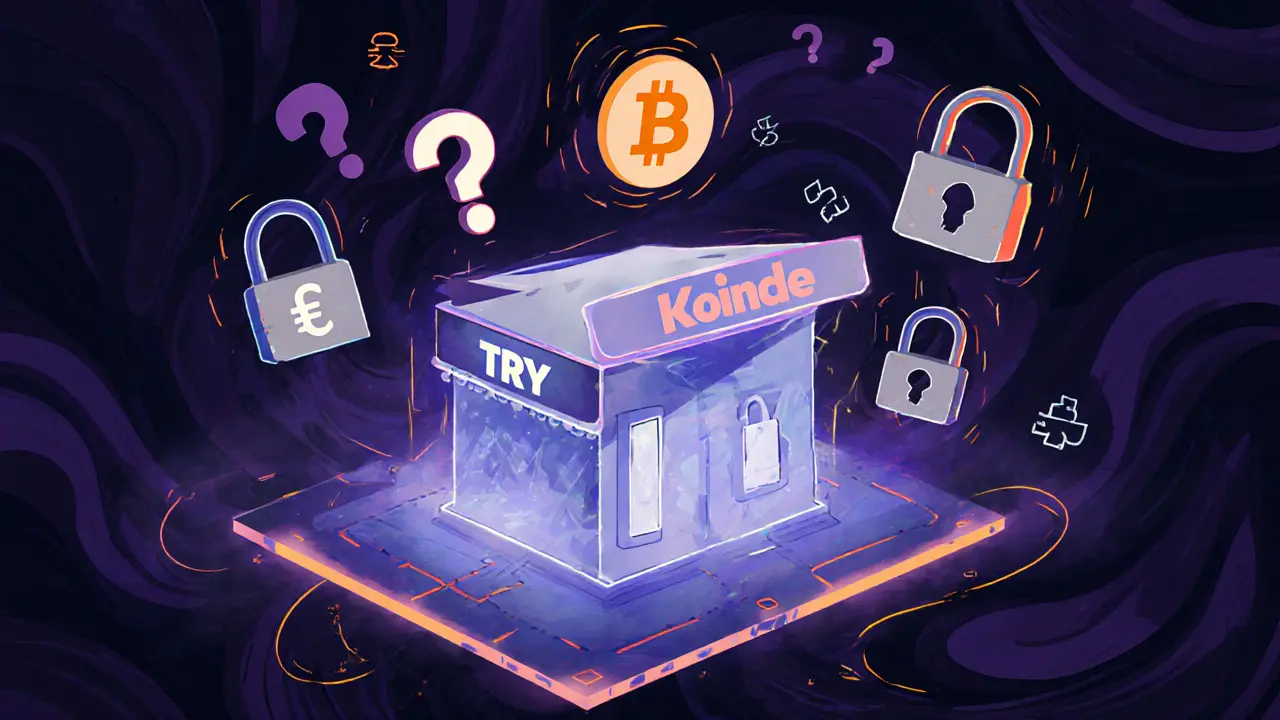Bitcoin Trading: How to Trade, What Works, and What to Avoid in 2025
When you trade Bitcoin, the most widely recognized digital asset that functions as both a store of value and a tradable commodity. Also known as BTC, it's the only cryptocurrency with deep liquidity across every major exchange and the only one traders treat like a real asset class. Bitcoin trading isn't about hoping it goes up. It's about reading signals, managing risk, and knowing when to walk away. Most people lose money because they treat it like a lottery ticket. The ones who win? They use data—not gut feelings.
Successful Bitcoin trading relies on three things: on-chain data, real-time metrics from the Bitcoin blockchain that show how coins move between wallets, exchanges, and long-term holders, crypto exchanges, platforms where buyers and sellers meet, and where liquidity, fees, and order types make or break your trades, and Bitcoin price prediction, the practice of using historical patterns, volume spikes, and network activity to anticipate future moves. You don't need fancy indicators. You need to know where big money is moving. If miners are dumping, if large holders are accumulating, if exchange inflows are surging—those are the clues that matter.
Most trading guides tell you to watch candlesticks or RSI. But in 2025, the real edge comes from understanding what happens behind the scenes. A spike in Bitcoin withdrawals from Binance? That’s not random. A sudden drop in MVRV Z-Score? That’s a signal institutions are buying. And if a new exchange pops up with zero volume and promises of "10x gains," it’s not a chance—it’s a trap. The posts below cut through the noise. You’ll find real reviews of exchanges that actually work, breakdowns of how on-chain data has predicted past moves, and clear examples of what failed—and why. No fluff. No hype. Just what traders actually use to make decisions in today’s market.
Koinde Crypto Exchange Review: What You Need to Know Before Trading
Koinde is a crypto exchange offering Bitcoin trading with USD and TRY, but it lacks transparency, security details, regulatory status, and user reviews. Avoid it-there are safer, verified alternatives.
